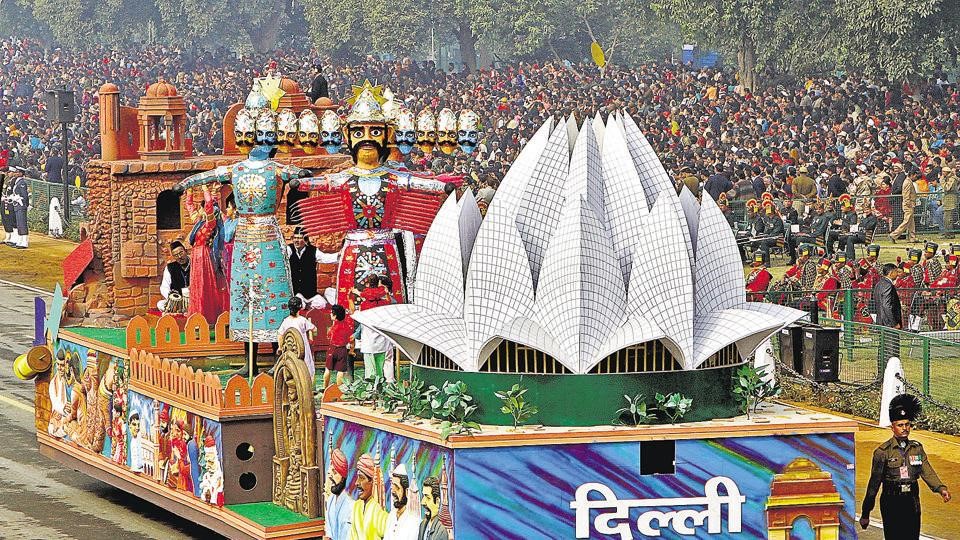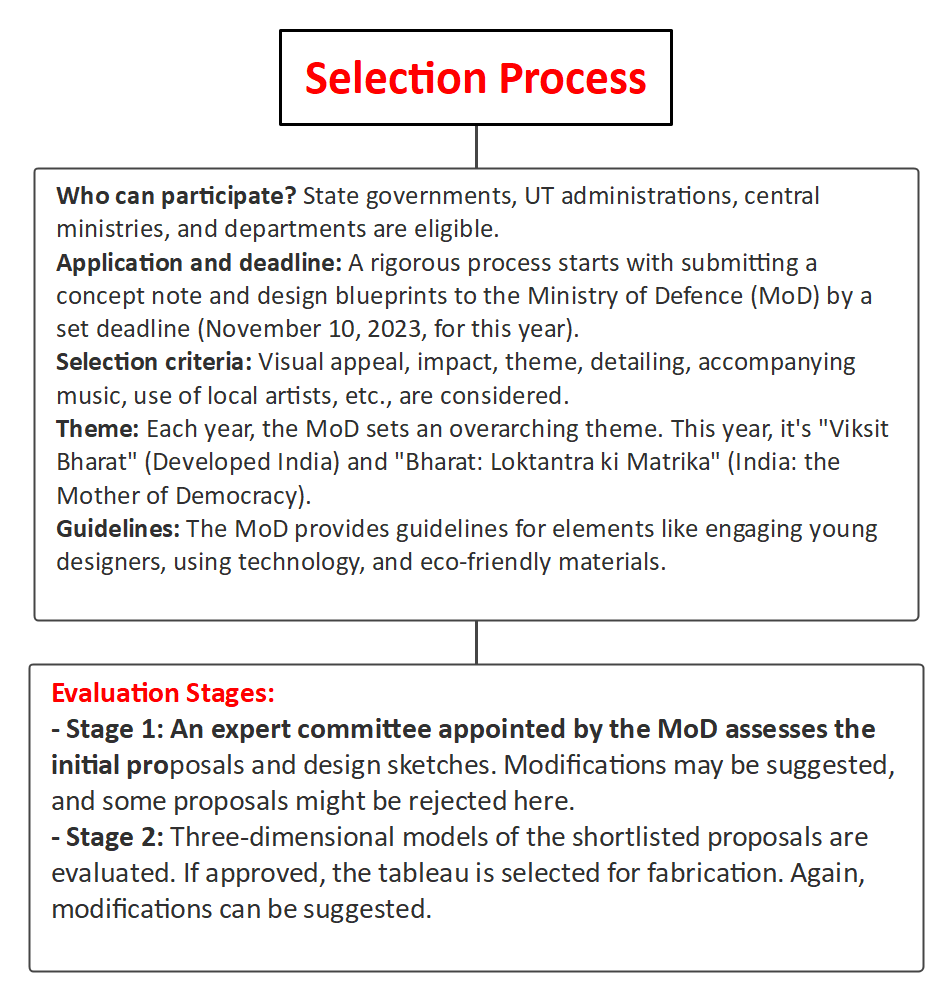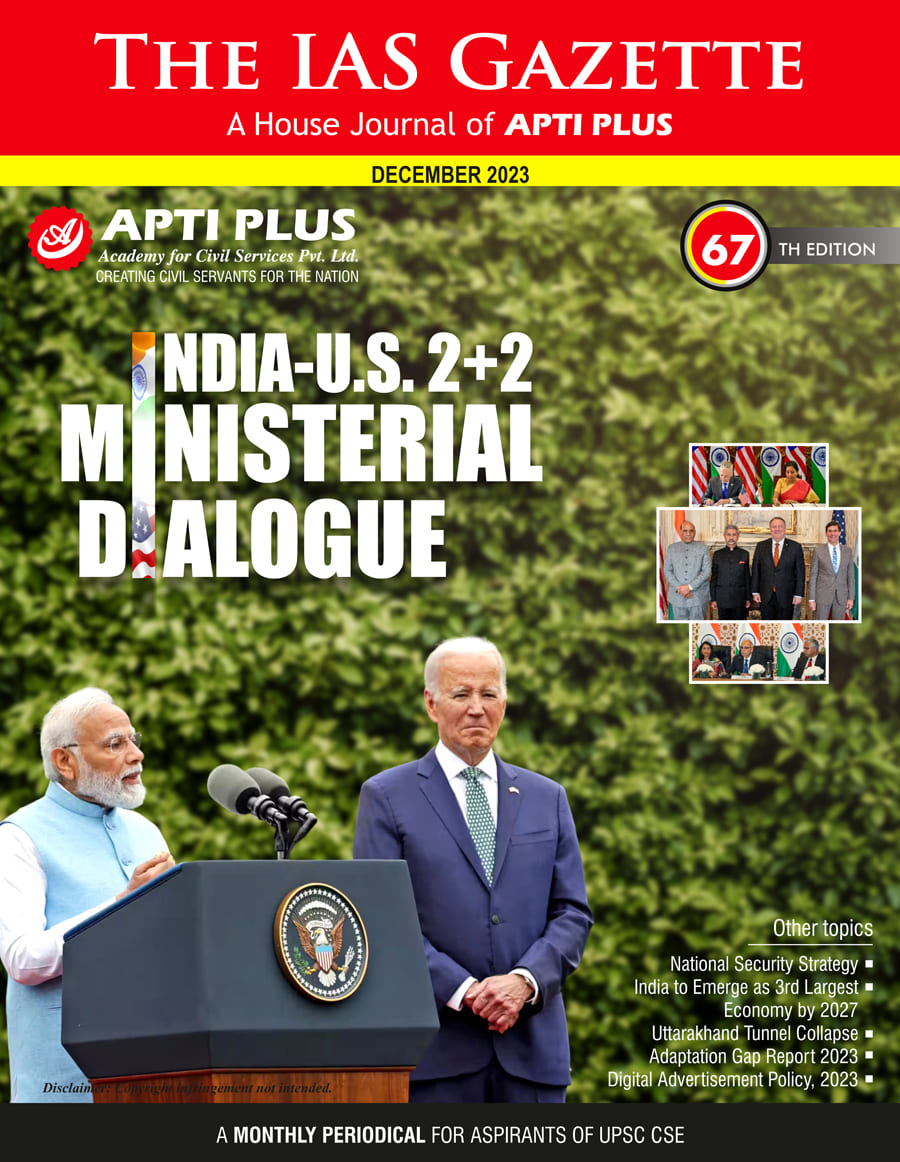Description

Copyright infringement not intended
Picture Courtesy: www.hindustantimes.com
Context: The Centre denies accusations of bias in the rejection of tableaux from opposition-ruled states, maintaining that the selection process is fair and transparent, with decisions being based on a combination of artistic, thematic, and technical considerations by a committee of experts.
Selection process for Republic Day tableaux
Eligibility to Send Tableaux
- The Ministry of Defence (MoD) invites submissions from State Governments, Union Territory Administrations, Central Ministries, and Departments. Interested entities must submit a concept note along with design blueprints.
- The application deadline is set by the MoD; for example, the deadline for the current year was November 10, 2023.
Selection Committee
- The MoD forms a committee of experts, including individuals prominent in art, culture, painting, sculpture, music, architecture, choreography, etc. The committee evaluates the proposals in a phased manner.
- Stage 1 - Assessment of Initial Proposals: The committee assesses the concept notes and design sketches/blueprints. Suggestions for modifications may be given, and some proposals may be rejected at this stage.
- Stage 2 - Assessment of Three-Dimensional Models: Three-dimensional models of the proposals are evaluated. If the committee is satisfied, the tableau is selected and sent for fabrication. The committee can suggest changes to the models before final selection.

Basis of Selection
- Selection depends on various factors, including visual appeal, impact on the masses, theme of the tableau, degree of detailing, accompanying music, use of local artists, etc.
- The MoD announces an overarching theme each year, and participants align their tableaux accordingly.
- This year's theme is "Viksit Bharat" (Developed India) and "Bharat: Loktantra ki Matrika" (India: the Mother of Democracy).
- Guidelines specify the use of young qualified designers, electronic display walls, moving elements using robotics, 3D printing, augmented or virtual reality, and special effects.
Avoiding Similarity and Eco-Friendly Construction
- Tableaux from different states/UTs must not be too similar.
- Eco-friendly materials must be used for construction.
Rejection of Tableaux
- Official reasons for rejection are not provided, but sources mention that Punjab and West Bengal's tableaux were rejected for not aligning with the broader theme.
- Punjab's proposals included themes like history of sacrifices, women empowerment, and cultural heritage.

Conclusion
- The selection process is thorough, involving careful evaluation by a committee of experts, and decisions are based on a combination of artistic, thematic, and technical considerations
|
PRACTICE QUESTION
Q. According to democratic principles, what is the potential drawback of "tyranny of the majority"?
A) Excessive concentration of power in a single individual
B) Suppression of minority rights by the majority
C) Rule by a small, powerful elite
D) Lack of political engagement among citizens
Answer: B
Explanation: The concept of "tyranny of the majority" refers to the risk that a majority could use its power to oppress or marginalize minority groups, highlighting a concern for protecting individual rights.
|















